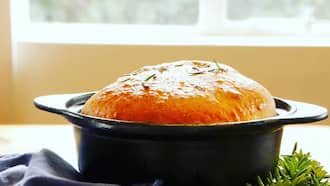Easy 4-ingredient scones recipe: A quick and yummy baking idea
If you are looking for a quick and easy baking idea, then you might try a 4-ingredient scones recipe. The delicacy can be prepared in less than 30 minutes and uses readily available items like milk, self-rising flour, and butter. Following the recipe keenly will produce soft, fluffy, and delicious scones that can be enjoyed with cream and jam or served with tea or coffee.
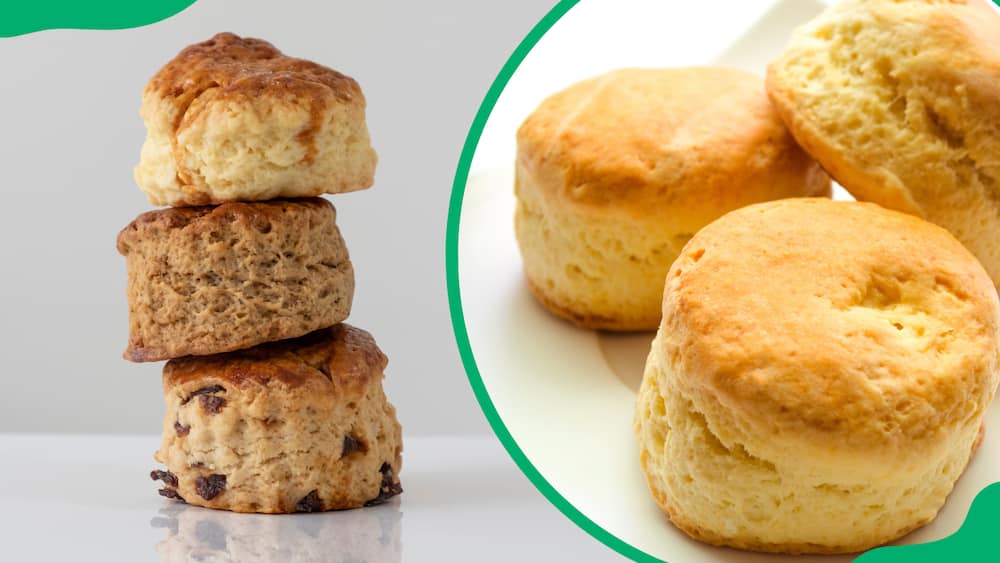
Source: Getty Images
A quick and easy 4-ingredient scones recipe is perfect for those moments when you crave a freshly baked treat without the fuss. Whether you are a seasoned baker or a kitchen novice, the dish is a go-to solution for a delectable snack or a last-minute addition to your brunch spread.
Fruit scones recipe easy 4-ingredient South Africa
Baking does not have to be complicated. The experience is made simple with the following 4-ingredient recipe idea that requires a handful of pantry staples.
Ingredients
You will need the following four items to make around eight delicious fruit scones;
- 2 cups self-raising flour
- 1/2 cup butter, cold and diced
- 1/2 cup dried mixed fruit (such as raisins, sultanas, and currants)
- 1 cup milk
Cooking instructions
- Preheat your oven to 220°C (200°C for fan ovens) or 425°F.
- Combine the self-raising flour and cold, diced butter in a large mixing bowl. Use your fingertips to rub the butter into the flour until the mixture resembles breadcrumbs.
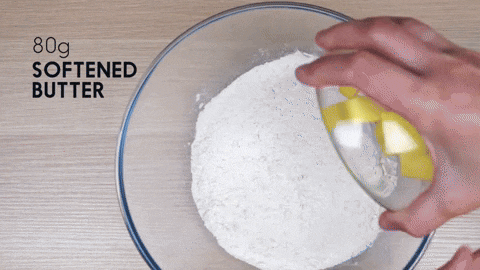
Source: UGC
- Add the dried mixed fruit to the flour and butter mixture and stir to combine.
- Make a well in the centre of the dry ingredients and pour in the milk. Use a wooden spoon or your hands to mix until a soft dough forms.
- Turn the dough out onto a lightly floured surface and gently knead it a few times until it comes together.
- Pat or roll the dough to a thickness of about 2-3 cm (1 inch).

Source: UGC
- Use a round cookie cutter to cut out scones from the dough. Place the scones on a baking tray lined with parchment paper, leaving a little space between each.
- Bake in the preheated oven for approximately 12-15 minutes or until the scones are golden brown and well-risen.
- Once baked, transfer the scones to a wire rack to cool.
- Serve the fruit scones warm with clotted cream and your favourite jam.
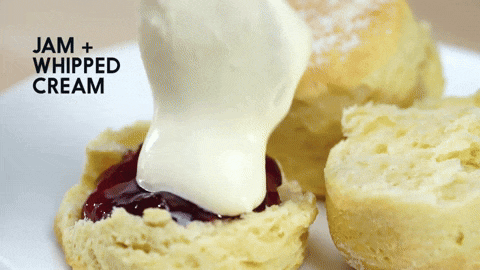
Source: UGC
Scones recipe easy 4-ingredient without milk
Learn how to bake non-dairy scones with this easy and proven cooking method. In this recipe, you need to use a milk substitute like almond milk, coconut milk, or soy milk. A dairy-free alternative for butter, like solid-state coconut oil, can also be used.
Ingredients
Make about eight non-dairy scones with these four ingredients;
- 2 cups self-rising flour
- 1/2 cup dairy-free margarine or coconut oil (solid state)
- 1/4 cup sugar
- 1 cup non-dairy milk (such as almond milk, soy milk, or coconut milk)
Cooking instructions
- Preheat your oven to 425°F (220°C). Line a baking sheet with parchment paper.
- In a large mixing bowl, combine the self-rising flour and sugar.
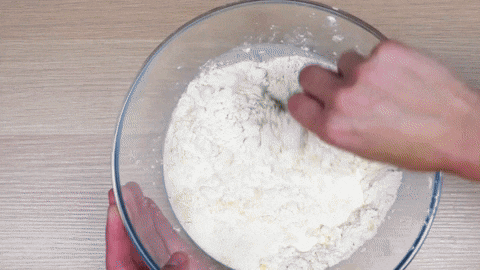
Source: UGC
- Add dairy-free margarine or coconut oil to the dry ingredients. Work the margarine or coconut oil into the flour using a pastry cutter or your fingers until the mixture resembles coarse crumbs.
- Make a well in the centre of the mixture and pour in the non-dairy milk. Stir the ingredients until just combined, being careful not to overmix.
- Turn the dough out onto a floured surface and gently knead it a few times to bring it together. Pat the dough into a circle about 1 inch (2.5 cm) thick.
- Use a round cookie cutter to cut out scones from the dough. Place the scones on the prepared baking sheet, leaving some space between each.
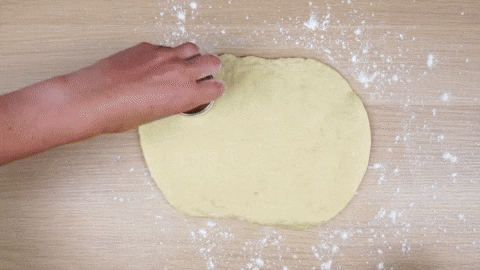
Source: UGC
- Optional: Brush the tops of the scones with a bit of extra non-dairy milk to help them brown in the oven.
- Bake in the preheated oven for 12-15 minutes or until the scones are golden brown on top.
- Remove from the oven and let the scones cool on a wire rack.
What is the secret to making good scones?
Making good scones involves paying attention to several key cooking details. Here are some tips;
- Use cold butter to prevent it from melting too quickly in the oven for a flakier texture.
- Do not overmix the dough, which can lead to dense scones. The less you knead the mix mixture, the less the gluten will tighten.
- Use self-raising flour or sieve the flour and baking powder to ensure they mix well for a better chance of an even rise.
- Do not add a lot of flour to the surface when rolling the dough since the flour also adds to the dough, contributing to heavier scones.
- Press the cutter straight down without twisting, as this can seal the edges, interfering with the rising process.
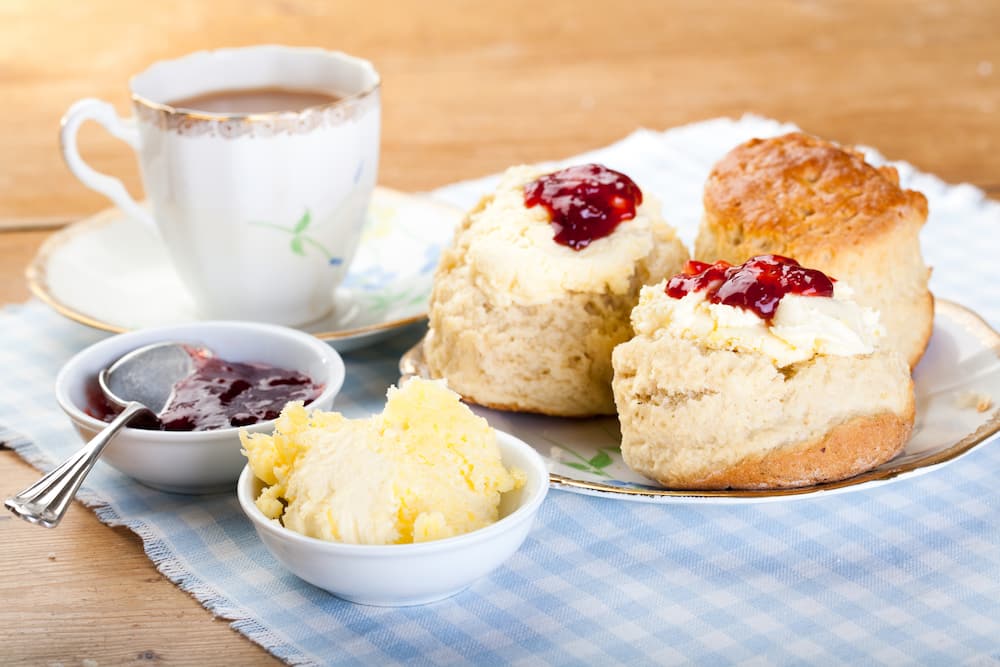
Source: Getty Images
Do you need to put eggs in scones?
Traditional scones are not baked with eggs, hence the crumbly, tender texture. If you are making sweet or rich versions, you can add eggs as they help bind the ingredients and retain the pastry shape and texture. Sugar is also an optional ingredient.
What is the formula for a scone?
Making scones requires a simple combination of ingredients. The basic ratio is 3:1:2 (3 parts flour:1 part fat:2 parts liquid) by weight. The 3 parts flour can be all-purpose or self-rising; the fat is generally cold butter, while the liquid can be cream like buttermilk or milk.
What to avoid when making scones
Common mistakes to avoid include;
- Using warm ingredients and not chilling the dough before baking: Warm items can cause the butter to melt before the scones are baked, leading to a dense, chewy texture.
- Overmixing the dough: This can lead to tough, chewy scones
- Skipping resting time: This step helps relax the gluten for a more tender texture
- Incorrect oven temperature: A hot oven is needed for the scones to rise and develop a golden-brown crust
- Using too much flour: This can make them dry and crumbly
- Not using a sharp cutter: A dull cutter can compress the scones' edges, preventing them from rising properly.
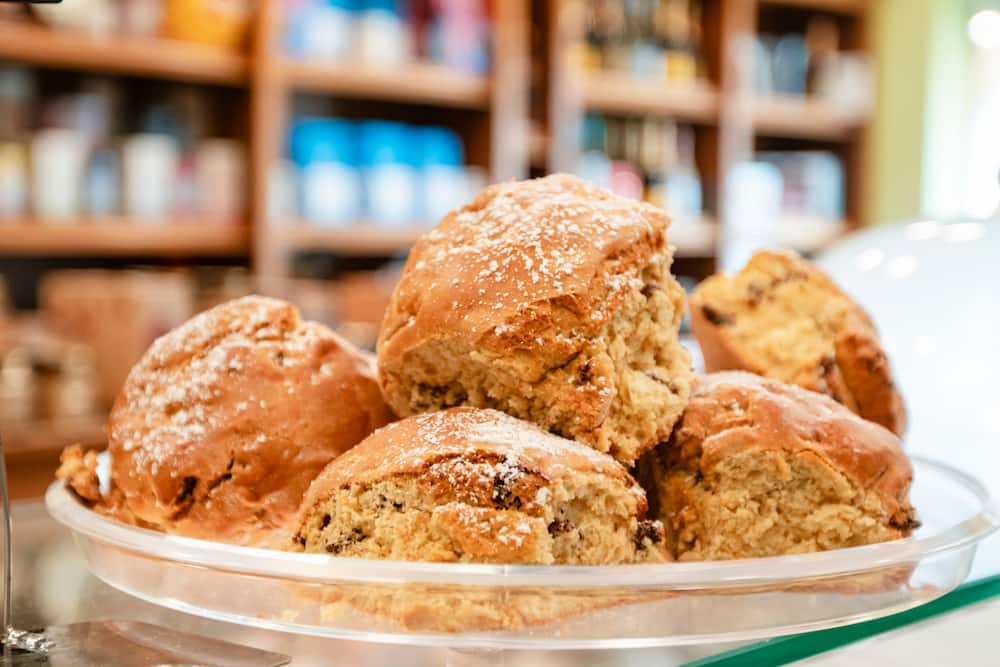
Source: Getty Images
What causes scones not to rise?
The delicacy may not rise due to several factors;
- Using the wrong amount of leavening agent
- Having dough that is too dry makes the scones crumbly.
- Dough that is too wet leading to tough, chewy scones
- Overworking the dough can lead to the development of too much gluten, resulting in a dense texture.
- Incorrect dough thickness, i.e. too thin or too thick, can affect the rise
- An expired or old leavening agent will not provide the necessary lift.
Why are my scones tasteless?
Your scones may be tasteless for several reasons, including;
- Insufficient salt
- Low-quality or expired ingredients
- Overmixing the dough
- Baking for too long or at too high a temperature
Can you use water instead of milk for scones?
You can use water instead of milk, which may result in less flavourful and less tender scones. Depending on the recipe for scones, consider adding other ingredients like fat, flavourings, sweeteners and non-dairy alternatives like coconut milk, soy milk, and almond milk.
How long should you raise scones before baking?
Classic scones do not require a long rise time. You can let the shaped dough rest for about 15 to 30 minutes before baking.
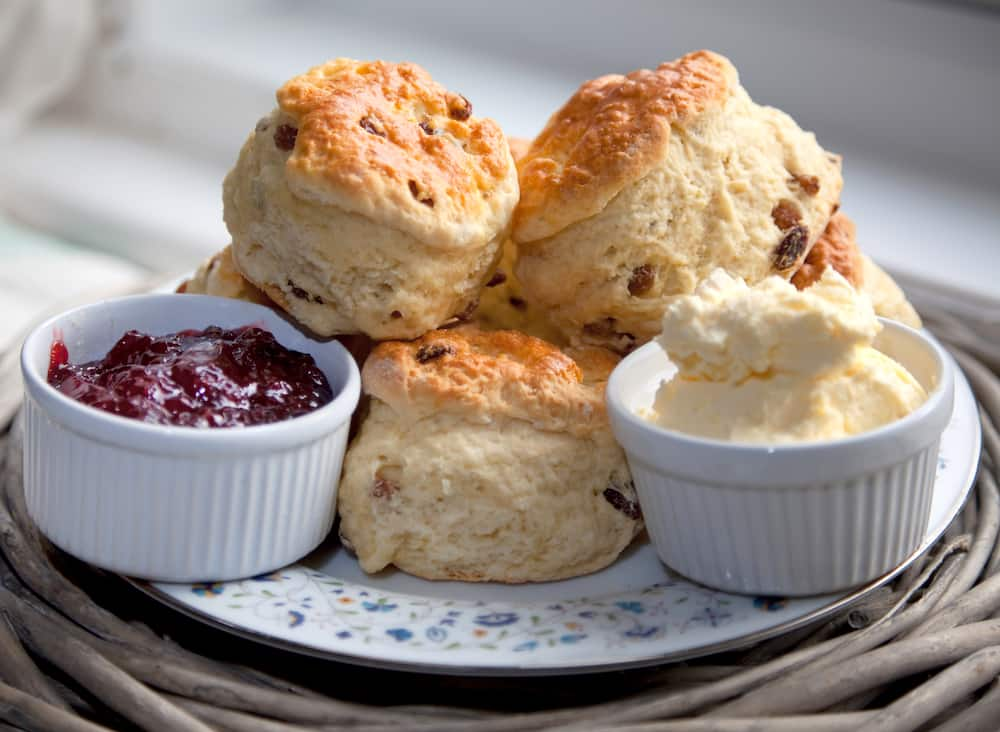
Source: Getty Images
The easy 4-ingredient scone recipe above will help you create a classic treat. You can adjust the ingredients as desired to create your favourite flavour.
READ ALSO: 15 breakfast platter ideas and tips to set the mood for the day
Briefly.co.za shared a list of breakfast platter ideas to help transform your mornings into delightful experiences. You can prepare it on regular mornings or reserve it for special occasions like family Thanksgiving.
For an ideal breakfast platter, consider nutritional balance, portion sizes, flavour and texture diversity, and guest allergic reactions to certain foods. Check the article for more ideas on creating the best breakfast platter.
Source: Briefly News



